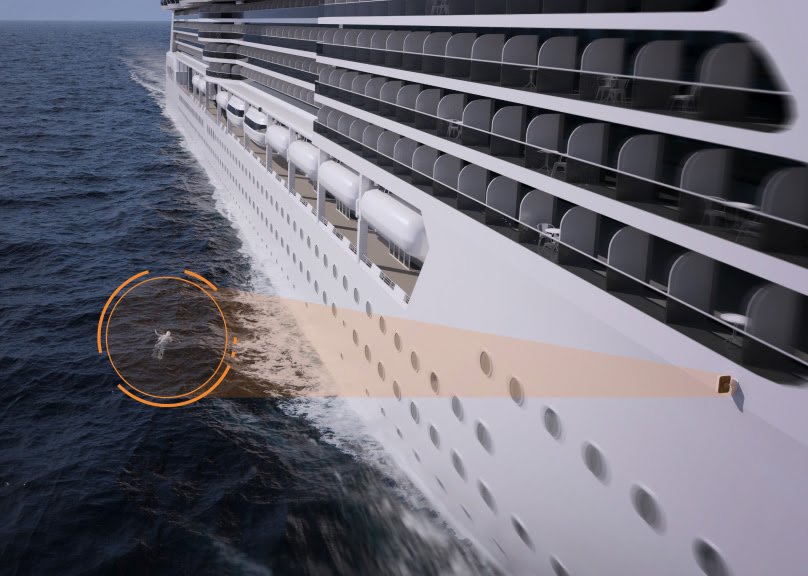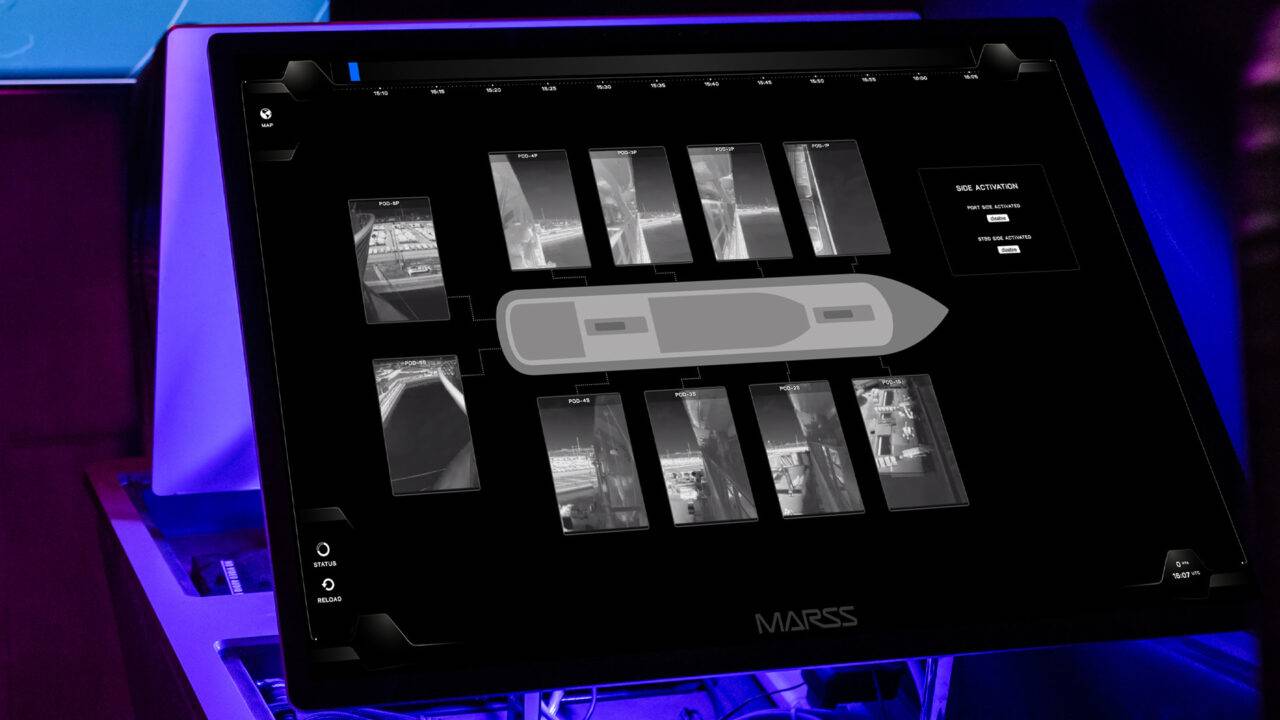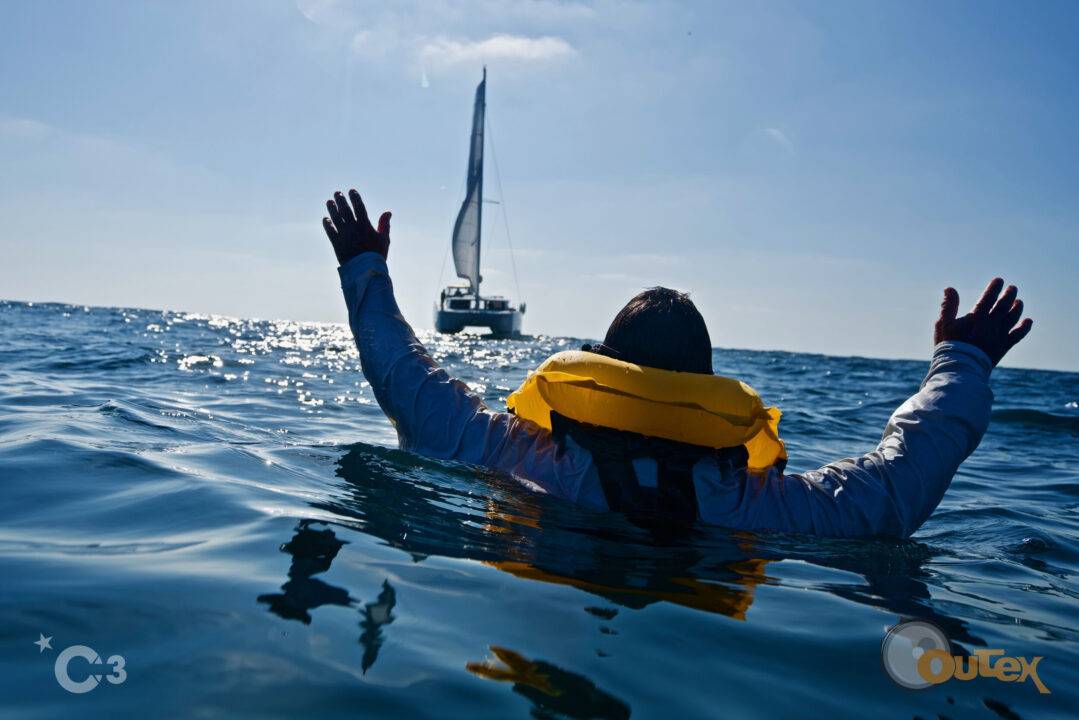Man Overboard (MOB) technology for cruise ships saves lives While traditional safety measures focus on onboard hazards, MOB incidents pose a significant risk to passengers who fall overboard.

The Scope of the Problem:
- Cruise lines report an average of 18-20 MOB incidents annually.
- Between 2000-2020, nearly 400 people went overboard from cruise ships.
- Delayed detection significantly reduces rescue success rates.
Challenges with Current Solutions:
- Cruise ship size: Makes visual detection difficult, especially at night.
- Search area: Vast stretches of ocean complicate rescue efforts.
- Current regulations: Only require capturing images, not immediate detection.
- Reliance on CCTV footage: Reviewing hours of video delays response times.

The Need for Improvement:
- Faster detection increases the chances of a successful rescue.
- Advanced MOB systems can minimize false alarms and improve accuracy.
- Standardized regulations ensure consistent performance across the industry.
ISO 21195: A Step Forward
- This standard sets a performance baseline for MOB systems.
- It requires a minimum 95% detection rate with minimal false alarms.
- Standards pave the way for stricter regulations mandating compliance.

The Future of MOB Technology
- Systems like MOBtronic are being developed to meet ISO standards.
- These advanced technologies prioritize passenger safety and efficiency.
- Wider adoption can significantly improve rescue outcomes in MOB incidents.
Implementing advanced systems and stricter regulations based on standards like ISO 21195 can significantly improve passenger safety by enabling faster and more effective responses to MOB incidents.
